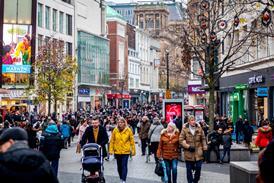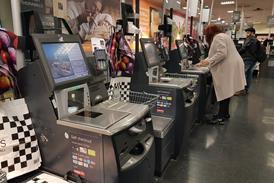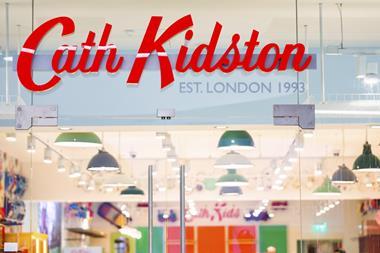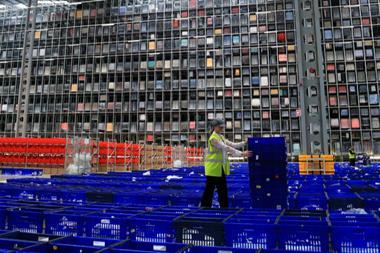Retail is an industry that has always needed to plan for the future. This is, after all, the sector that holds Christmas in July.
In the past, products would have been sourced and supplier contracts negotiated, distribution and logistics arrangements put in place and pricing and promotions planned in detail, months in advance.
Then along came the pandemic and whatever plans retailers made for 2020, never mind 2021, were swept away – and remain uncertain.
Acceleration of consumer expectations
If there is one positive aspect to the pandemic, it has given retailers in markets around the world vital insights into the future of customer expectations and what an always-on, multichannel shopping experience needs to look like in their territories.
Customers would, sooner or later, have embraced the choice and convenience of shopping online, the delights of next- or even same-day delivery and always-on customer service and support to track orders, refunds and returns.
But it would have been a more gradual process of discovery by customers and test, learn and optimise for the retailers that serve them.
Nevertheless, the sudden acceleration has provided a wealth of useful lessons into the innovations and investments retailers need to prioritise to meet their overarching goal – to reduce costs while increasing revenues, typically by around 30% from what we’re hearing in the industry.
Technology can aid transformation
But even those retailers that still have a long way to go on their journey need not despair. The transition from bricks to clicks is not as onerous as it might appear.
‘Digital innovation’ sounds more disruptive and expensive than it really is. In fact, there are several tools and technologies that can sit alongside traditional operations to support and complement existing resources and can be added incrementally over time to make your website more customer-friendly.
For example, AI-enabled smart chatbots can be embedded into websites and apps to improve the self-service experience and free up valuable contact centre staff to deal with more complex queries.
“If there is one certainty for retail, it is that the unpredictability of the last year is unlikely to abate”
Augmented reality can create virtual, immersive showrooms and bring products directly into a customer’s home.
Data can be harnessed to analyse the intent and sentiment of customer-chatbot conversations, create personalised offers, follow through on dropped baskets and fast-track customers through password-free security processes.
Many of these tools and technologies can be aggregated into holistic solutions designed to address a particular business imperative – such as peak trading periods, a product launch or special promotion, or entry into a new market.
Consumers expect excellence as standard
If there is one certainty for retail, it is that the unpredictability of the last year is unlikely to abate.
The more that customers are surprised and delighted by seamless digital experiences that echo the excitement of a real-world store and emulate the empathy of a human customer service agent, the more they will expect as standard.
But as with any transformation, the journey of a thousand miles starts not with a giant leap but a single step in the right direction.

Alan Linter is Capita’s innovation director.
Capita offers a range of customer experience solutions. Its virtual contact centre solutions allow retailers to quickly deploy a high-quality customer service and support operation that flexes with trading patterns, represents brand values and protects reputation.
Using flexible and robust cloud-based systems, its contact centres can be implemented at speed to meet sudden peaks in trading demand. It also offers conversational AI solutions, such as smart chatbots, which can relieve the pressure on contact centres and reserve skilled staff for more complex queries.

































